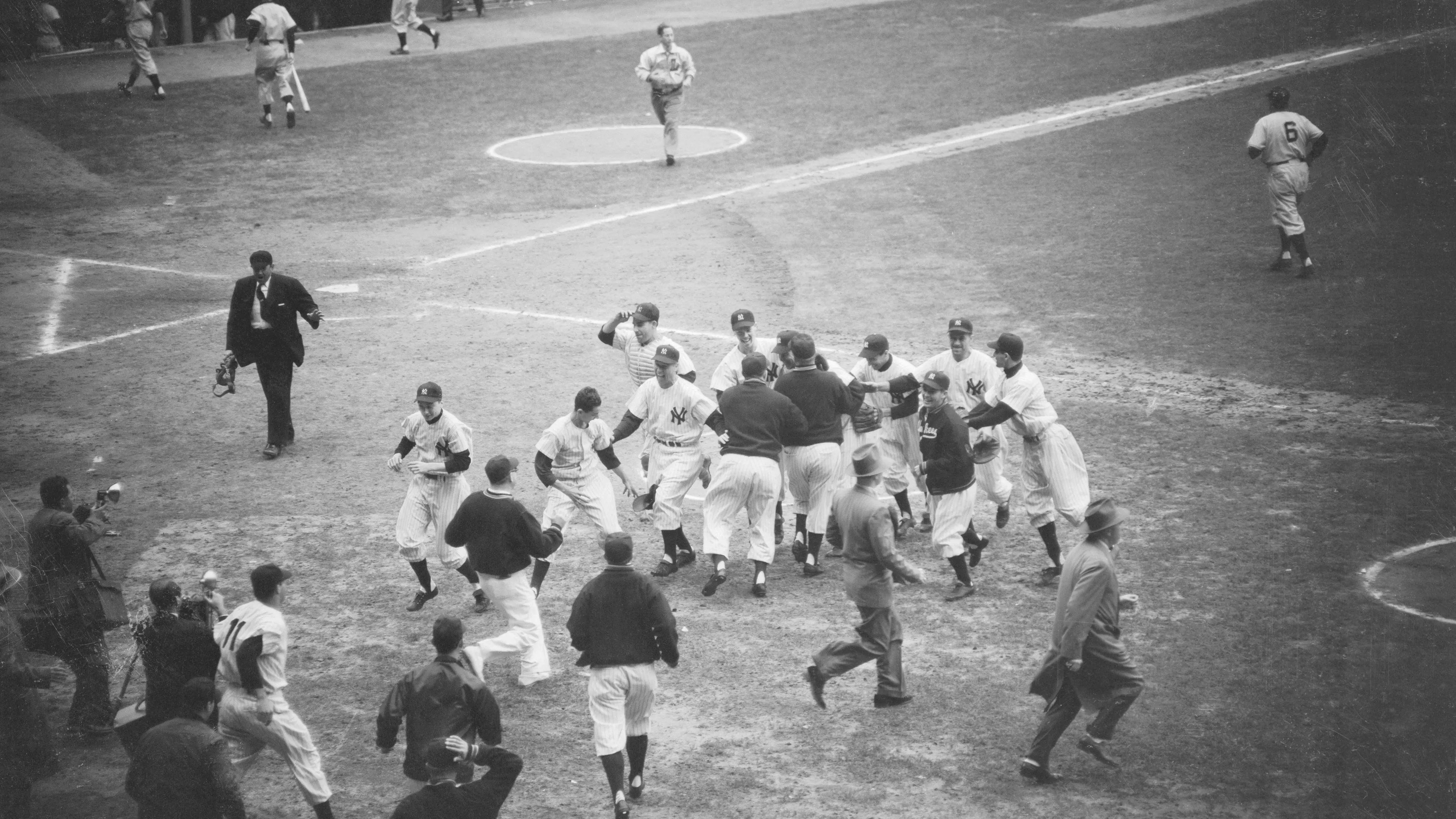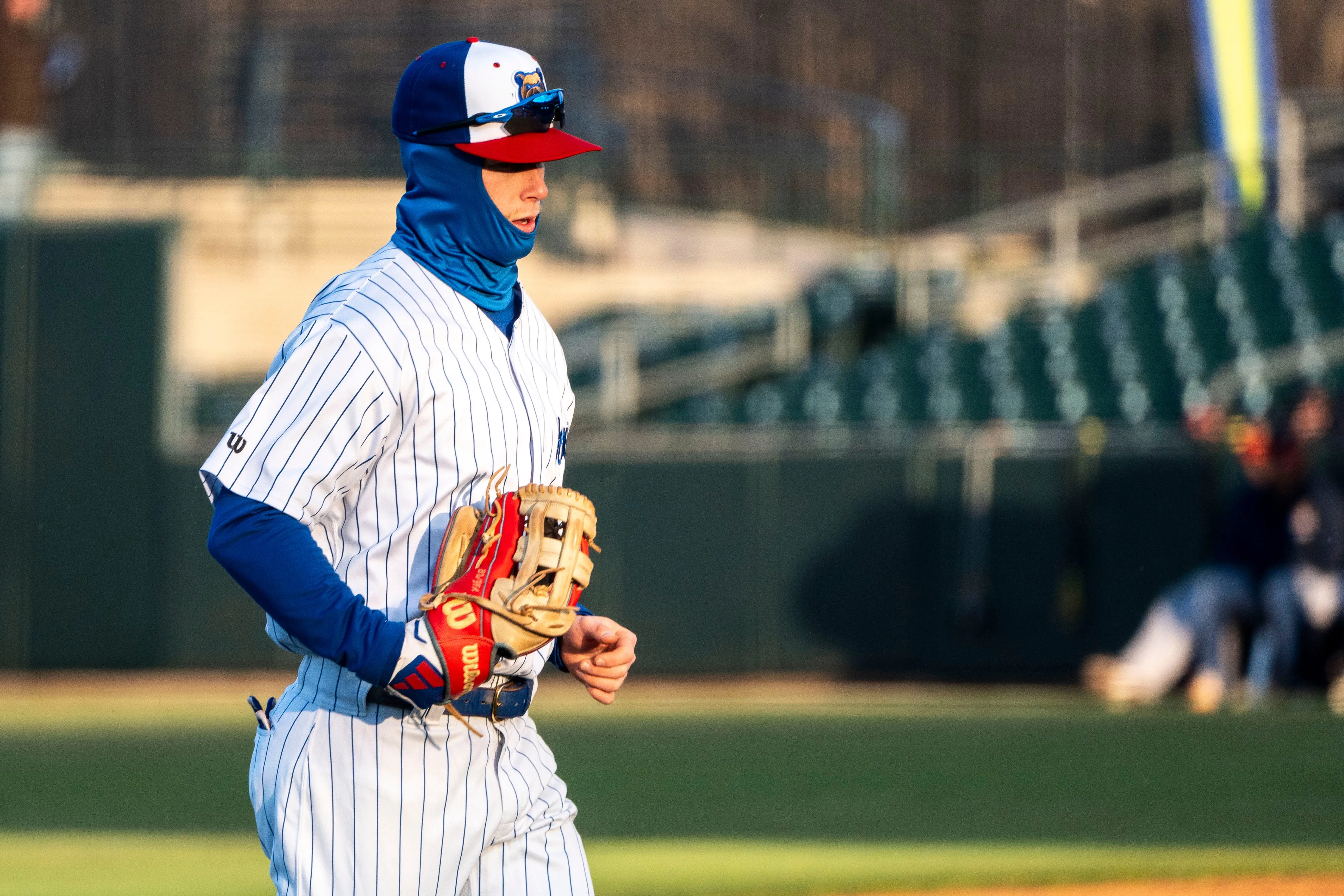It is Day 3 of Albert Almora Jr.'s demotion.
It reminds me of a rule I once heard about when I was coming up in the minor leagues and in big league camp: You get 72 hours of “mental leave” after a demotion. Rarely would anyone take it all because you want to play, or at least you want to show that you are hungry even after disappointment. How could you take a leave when you get to play baseball? And let’s not forget, every day you are not playing, someone else is gaining on you.
Almora was flirting with an All-Star appearance after the first half of 2018. He was hitting .319 with 19 doubles and a near .800 OPS at the break. This matched the expectations of the player the Cubs drafted in the first round of the 2012 MLB Draft. He was already a world champion and now on his way to becoming an All-Star.
His 2018 first half came after Almora had a tough spring training. The center field job seemed to come down to the youth of Ian Happ and Almora. Almora had the defensive skills and the potential to hit for a high average, while Happ brought the athleticism, power, and three-outcome swagger. Happ then hits a home run on the first pitch of Opening Day as Almora’s future came into question, but then when Almora got the opportunity he thrived through May and June until the second half slowed him down.
This past week, his 2019 demotion has been framed as a developmental move made necessary because the team needs an offensive push to maximize run scoring opportunity. When sent down, players hear every explanation the same way. It is the parent saying to you, “This will hurt me more than it will hurt you.”
Almora has not been able to find a rhythm, which can happen any year and any time. In his case, his declining at-bats combined with the re-emergence of Happ, made for an opportunity issue for him. If the Cubs were rebuilding or the rest of the lineup was hitting like a well-oiled machine, Almora’s defense would take over as a key priority and would add value to his presence. Especially when defense has become so critical in the late innings.
It has also become more beneficial to Almora and any defensively skilled outfielder, as the Cubs maintain the offensive priorities in left-field where Kyle Schwarber and Nick Castellanos’ strengths remain on the offensive side of the ball. Almora gives the Cubs leverage to cover for their bats in the late innings.
MLB
His 2019 metrics defensively have not flushed out his skills in ways that shine the best light on his game. He currently sits on -2 Defensive Runs Saved, which is one way to measure his performance. That puts him in the middle of the center field pack. Newly released Billy Hamilton was at +9 at the time of his being released, which does not help Almora’s defensive case. If Almora is not hitting like he did in the first half of the 2018, this becomes a bigger issue for his future opportunity.
In my first major league stint, I was called up on June 9, 1996, then sent back down in late July. I wasn’t playing much. A platoon here and there. Pinch running, pinch hitting. So when I did get sent down to play every day, part of me was looking forward to uninterrupted play. No double switches, matchups, metrics, pinches. Just go play and get your timing back. Despite wanting to be in the big leagues, a struggling player when confronted with rotting on the bench in a rhythmless ocean, or playing every day when he knows he will get called back up in a couple of weeks, may be able to find the silver lining. In fact, regardless, he needs to find it anyway.
That was true for in the early stages of my big league career, a pill much harder to swallow when you have had more established time in the major leagues as Almora has had. But, if you can take two weeks and find your swing that takes you through a long career, it is worth it. You just can’t see it at the time. That outcome certainly beats playing sporadically for the rest of your career. The idea of a long career will look brighter and brighter, even if it is hard to see when the disappointment of being sent down is clouding your vision.
For Almora, this is a time for the long view. A humbling time which spares no one in this game. All players slow down, all struggle at some point. Even the best of the best. Almora just had not reached the place in his career where the struggle is seen as the exception not the rule.
When he returns, the Cubs will still be on that final push for the pennant. He could be a key contributor in this effort, even though he may not be automatically penciled in the lineup as a starter. He will still have an important role, not to mention an audition for the post-season roster and beyond.
It comes down to what he puts into his time in Triple-A. A time when he can tap what he learned from big leaguers when he had just signed. Early on, I learned that much of the veteran mentorship focused on learning patience, staying positive, building confidence. Many of the fixes after a demotion are beyond the physical and mechanical, but getting into a certain space that allows you to be your best.
Right now for Almora, it could just be playing time. Time that he can depend on, time to reflect, time without the high media alerts or the versatility that makes consistency hard to achieve.
Either way, he will be back and the Cubs are wondering which half he will be. They also know, they need the first half 2018 Almora to show up in September. This only helps their chances.
He knows it and if it is any indication, going 2 for 4 with a double in his first game in Iowa certainly is a good start.


